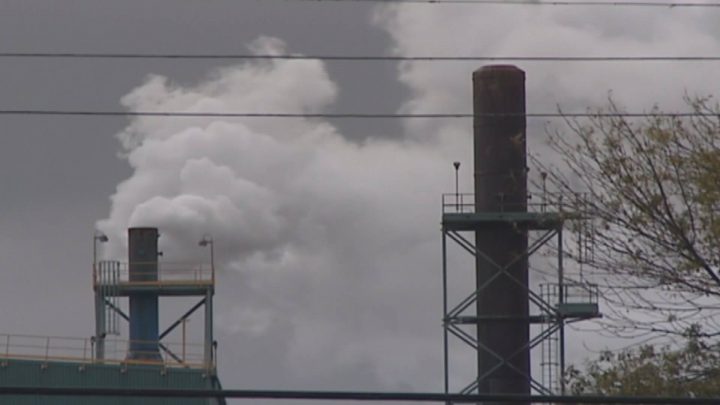A new report by the Saskatchewan Environmental Society (SES) is critical of the provincial government’s climate change strategy.

The Saskatchewan government said its climate change framework will reduce annual greenhouse gas emissions by 12 million tonnes by 2030.
However, SES said the province’s current plan doesn’t align with Canada’s commitments under the Paris Climate Accord.
“We actually have to achieve a 36 per cent reduction in our greenhouse gas emissions in Saskatchewan to meet the commitment,” SES board member Peter Prebble said Thursday in Saskatoon.
“Our current greenhouse gas emissions are 76.3 million tonnes (annually).”
According to SES, the proposed actions in the province’s current “Prairie Resilience” plan, if fully implemented, are unlikely to get Saskatchewan much more than half way towards a 30 per cent reduction below 2005 emission levels by 2030.

Get breaking National news
In order to meet Canada’s pledge, SES said Saskatchewan emission levels would need to drop to no more than 48 million tonnes per year by 2030.
SES analyzed the government’s plan, saying it has some positive elements, but ultimately falls short of what is required for Saskatchewan to do its fair share in reducing emissions.
The new report called “Prairie Resilience” Is Not Enough cites the transportation sector as a problem area, and says the province has no real plan in place.
WATCH BELOW: More investment needed in wind, solar projects: SES

In its report, over 30 additional emission reduction measures are outlined which include introducing a price on carbon in line with the federal government’s plans.
The non-profit charity said the measures are badly needed and would take Saskatchewan a long way toward being fully compliant with Canada’s commitments under the Paris Agreement.



Comments